- Rosary
- spiritual meditation
- Contemplative Arts
- Walking Stick
Walking Stick
Stone 19
Ashplant - Walking Stick
"The dotted line my father's ashplant made
On Sandymount Strand
Is something else the tide won't wash away."
Seamus Heaney
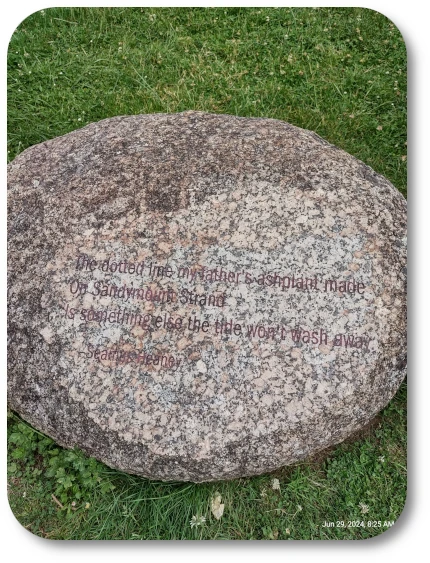
This poem by Seamus Heaney reflects on the lasting impact and imprint that our loved ones can leave on the world, even after they are gone.
The "dotted line" left by the speaker's father's "ashplant" (a walking stick) on the beach is a tangible reminder of his presence and the mark he has made.
The poem suggests that this imprint, this legacy, is "something else the tide won't wash away" - it is something that transcends the ephemeral nature of physical existence and remains as a lasting testament to the person's life and impact.
The reflective tone of the stone invites us to consider the ways in which our own lives and actions might leave a similar lasting impression, even long after we are gone. It prompts us to reflect on the significance of the relationships and experiences that shape us, and the enduring influence we can have on the world around us.
Seamus Heaney - Author
Seamus Heaney was a renowned Irish poet and recipient of the Nobel Prize in Literature, celebrated for his lyrical and ethically minded verse. Born in Northern Ireland, Heaney's poetry was deeply rooted in the rural landscapes and experiences of his upbringing. His work often explored themes of memory, identity, the natural world, and the complexities of Irish history and politics.
Many of Heaney's poems, including the reflective piece shared, drew upon his personal relationships and family life, reflecting on the lasting impacts and legacies left by loved ones. Through his acclaimed body of work, Heaney exalted the everyday miracles and living past that shaped his life and identity, cementing his status as one of the most significant poetic voices of the 20th century.
Sandymount Strand
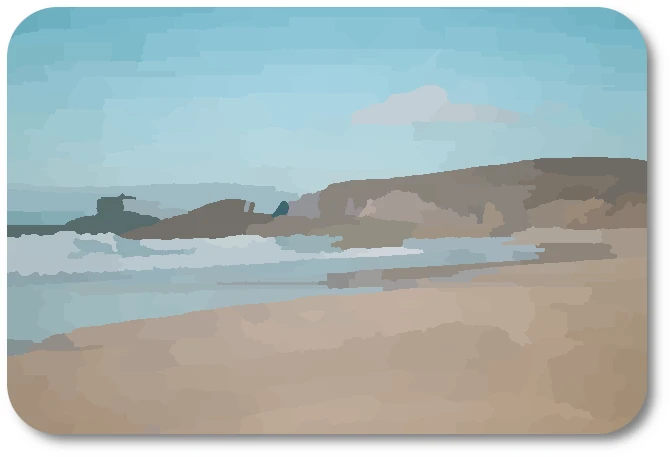
Sandymount Strand is a real place referenced in the poem. Sandymount Strand is a beach located in the Sandymount area of Dublin, Ireland. It runs along the coast of Dublin Bay, stretching from the Poolbeg Peninusula to the village of Sandymount.
The sandy beach has been a popular recreational area for locals and visitors. The strand is mentioned in several works of Irish literature, including writings of James Joyce, who lived nearby. Its scenic location known for its coastal views, particularly at sunset. It is popular for walking, running, and other outdoor activities.
Ashplant
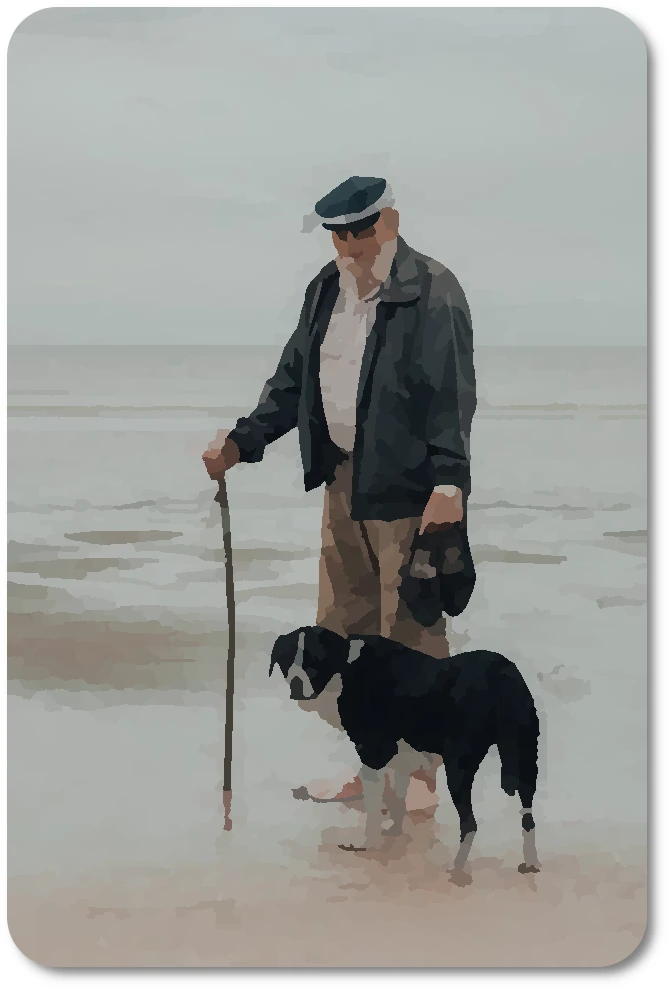 |
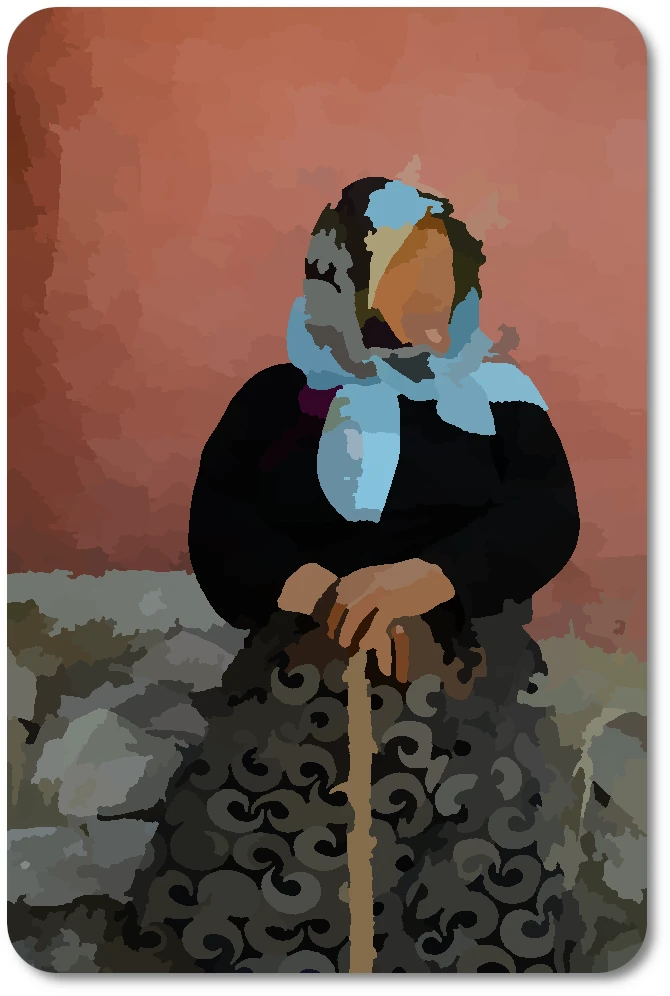 |
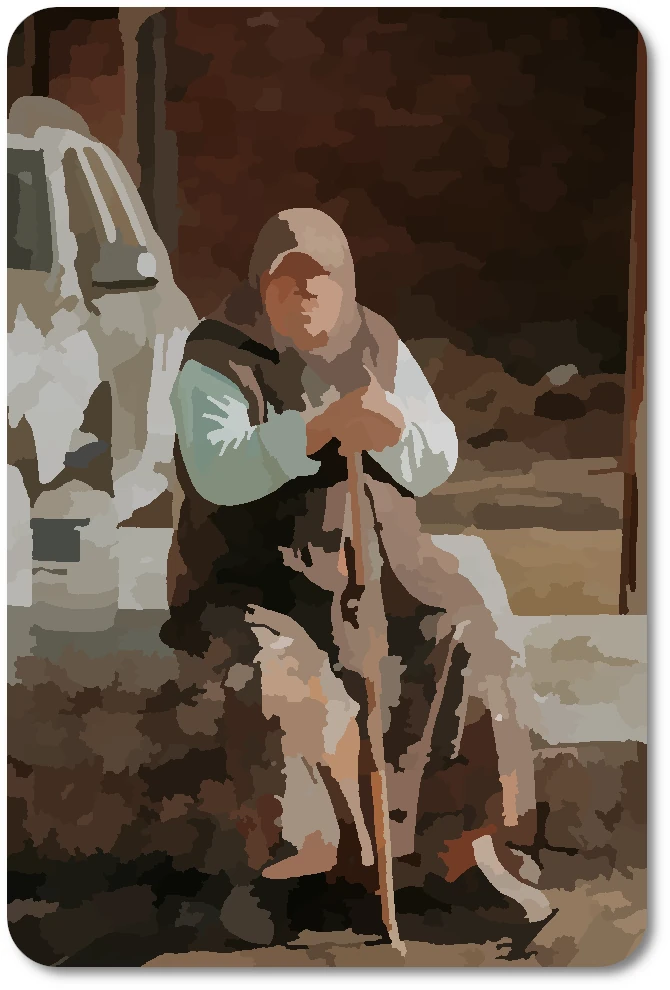 |
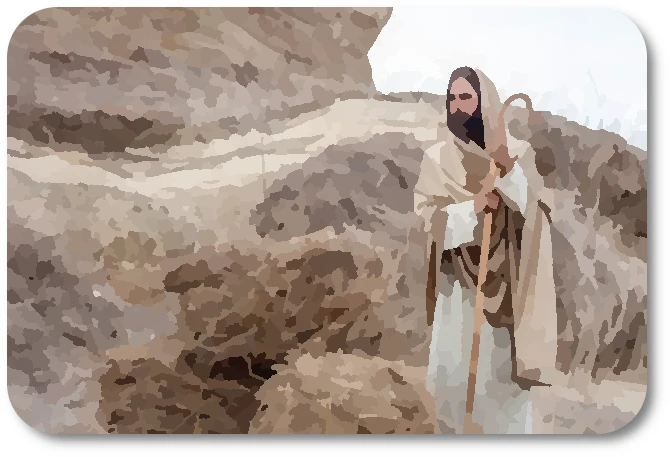
An ashplant is a type of walking stick or cane traditionally made from the wood of an ash tree. It was a common accessory used by many people, especially in rural or agricultural setting, for practical purposes like providing support while walking, as well as symbolic purposes.
The ashplant serves a few important functions:
It grounds the poem in a physical, real-world object that would have been familiar to the speaker and their father. The ashplant is a concrete, sensory detail that helps the reader visualize the scene.
The ashplant represents a personal connection to the father figure. It was an item he used and left its mark on the landscape, symbolizing his presence and influence.
The ashplant is a metonym - it stands in for the father himself. The "dotted line" it left behind becomes a metaphor for the lasting imprint and legacy the father has left on the speaker's life.
By specifically referencing the ashplant, rather than just a generic "walking stick", Heaney imbues the object with deeper symbolic meaning and a sense of the father's individuality and identity.
So, in short, the ashplant is a carefully chosen detail that helps elevate the personal, reflective nature of the poem and the speaker's relationship to their departed father.
What are the ways in which we can strive to leave a meaningful, lasting legacy through our lives and relationships, even after we are gone?
What ordinary items, gestures, or routines remind you of a deceased loved one and the imprint they left on your life?
How can we intentionally preserve and honor these small, personal connections to those we've lost?
Reflections that connects the themes of the Poem and the Rosary
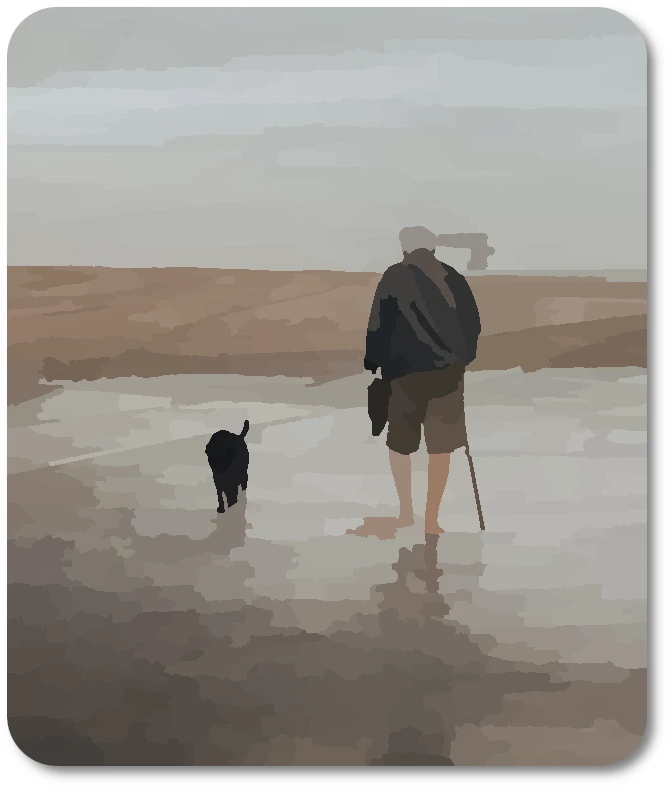
How might the "dotted line" left by a loved one's presence serve as a touchstone for meditating on the joyful, sorrowful or glorious mysteries of the Rosary?
This question invites you the reader to consider how the personal, tangible reminders of a loved one's life and legacy can intersect with the spiritual reflections of the Rosary.
Joyful Mysteries:
The "dotted line" as a symbol of the joy and blessing a loved one brought into one's life
Meditating on the Annunciation or Visitation while reflecting on a parent or grandparent's enduring influence
Sorrowful Mysteries:
The "dotted line" as a poignant reminder of loss and seperation after a loved one's passing
Connecting the Agony in the Garden or Crucifixion to the grief of mourning a departed love one
Glorious Mysteries:
The "dotted line" as a testament to a love one's lasting spiritual legacy and impact
Reflecting on the Resurrection or Assumption while honoring a loved one's faith and virtues
This question prompts you to find a deeper spiritual meaning and consolation in the ordinary, physical traces a loved one leaves behind. It encourages a synthesis of personal memory, faith and the profound mysteries of life, death, and eternal hope.
By connecting the poem to the structure and themes of the Rosary, this question offers a pathway for readers to engage in multi-layered reflection on love, loss, and the lasting imprint of those who have gone before us.
When my dad passed away, I had a profound moment of connection. Two items of his particularly stood out to me. First, his watch, which had stopped. I set the time to the moment of his death and adjusted the date to that day. Second, his wallet, among all the typical contents, held a cherished picture of his four children when we were young. This picture was the most important thing to him, a reminder that we were his greatest treasure.















